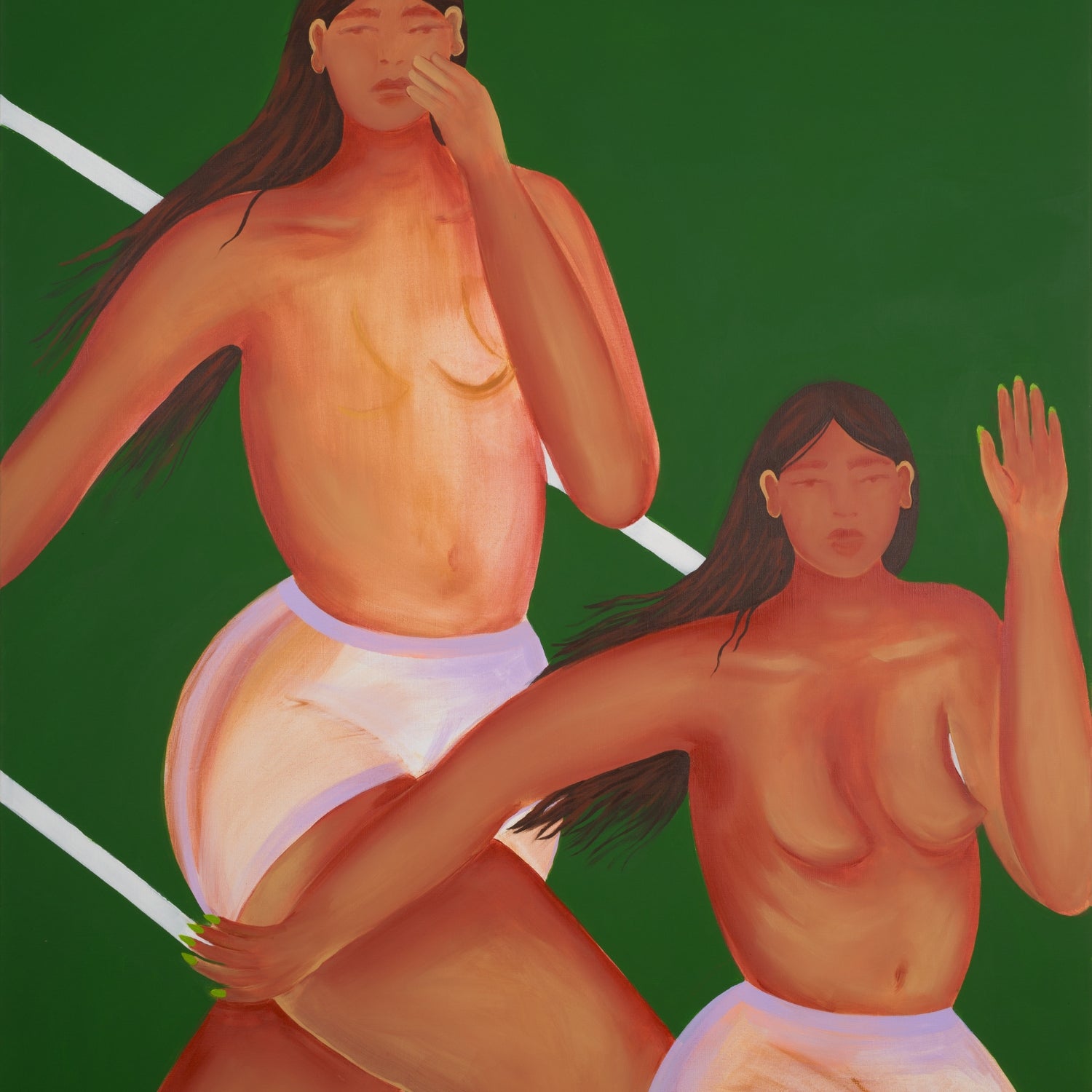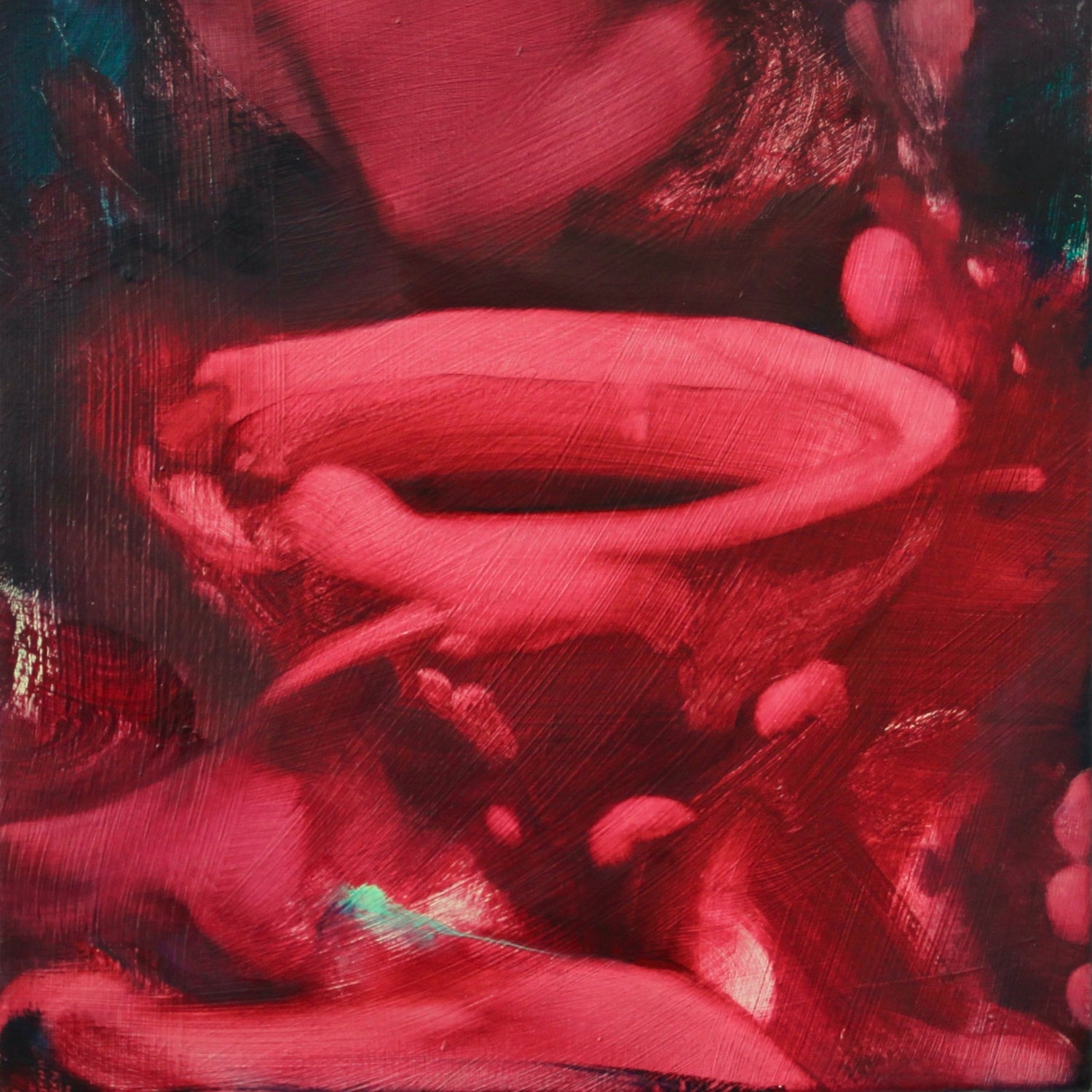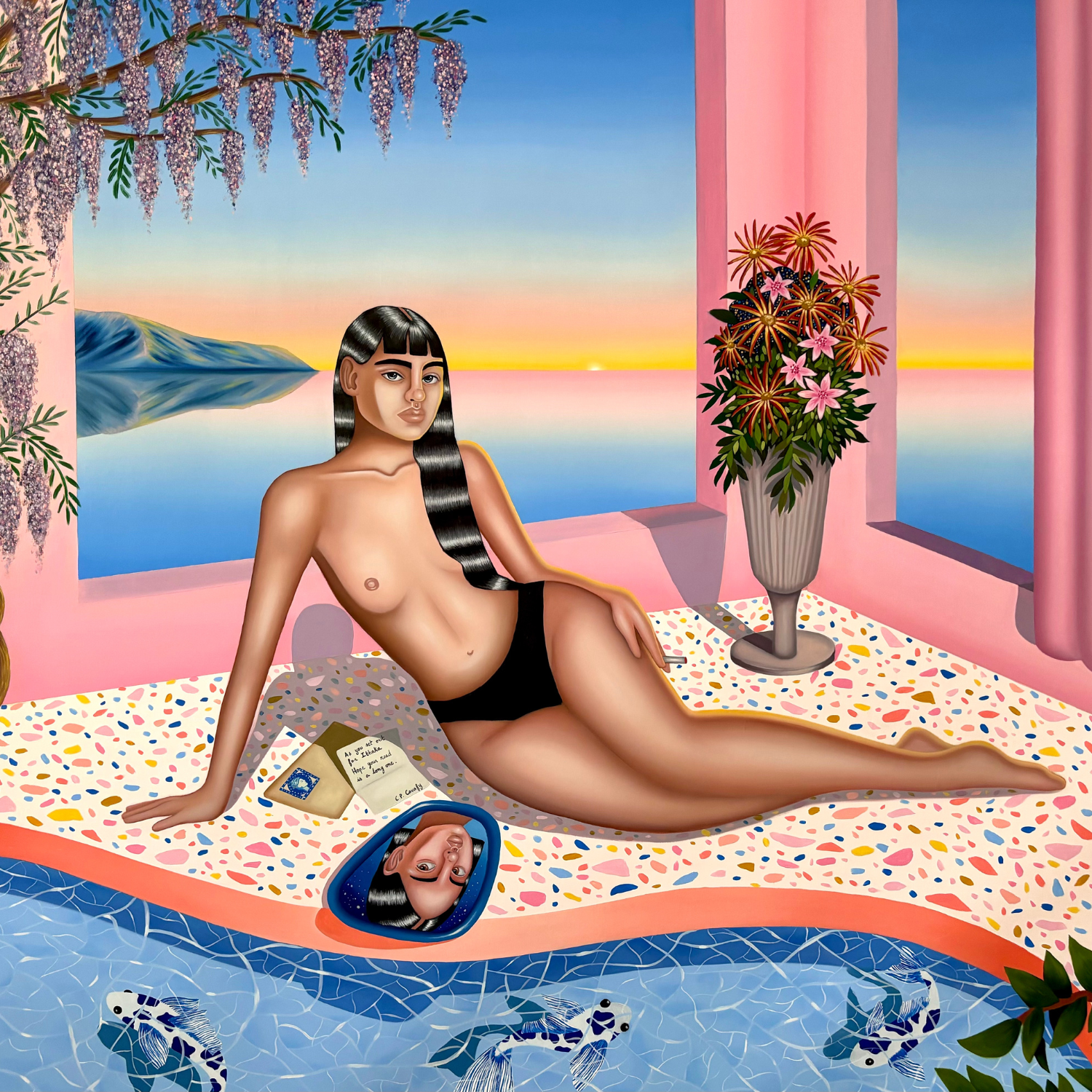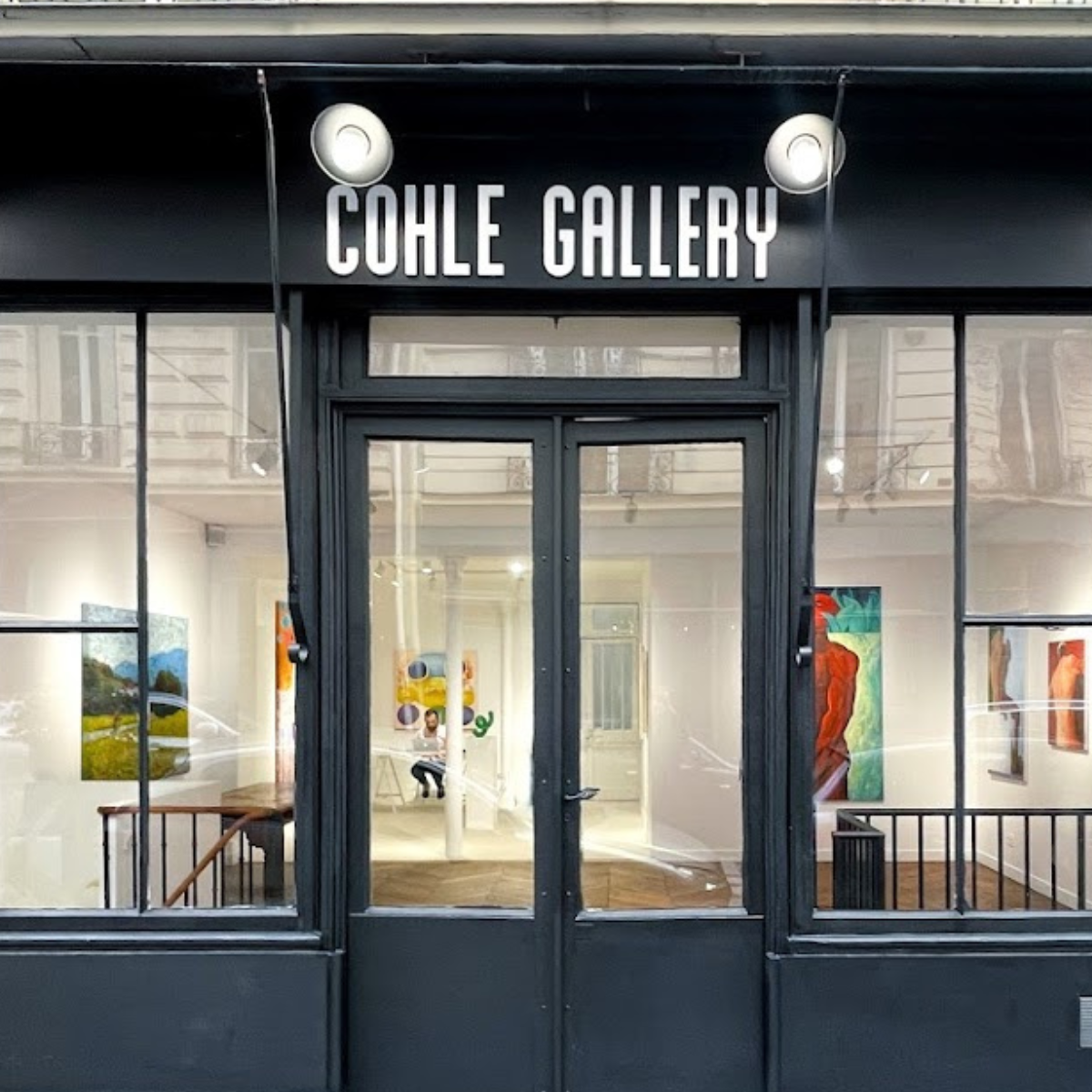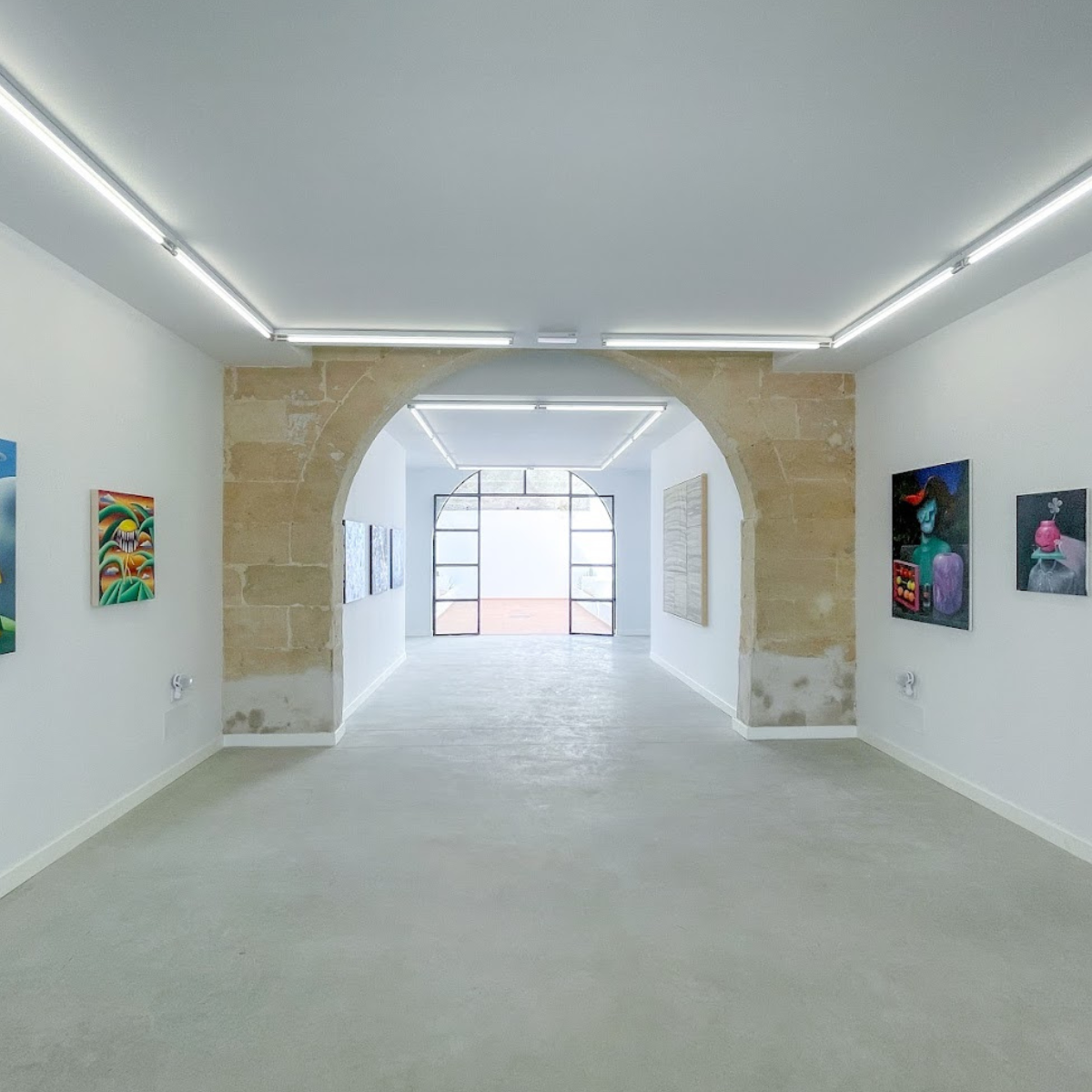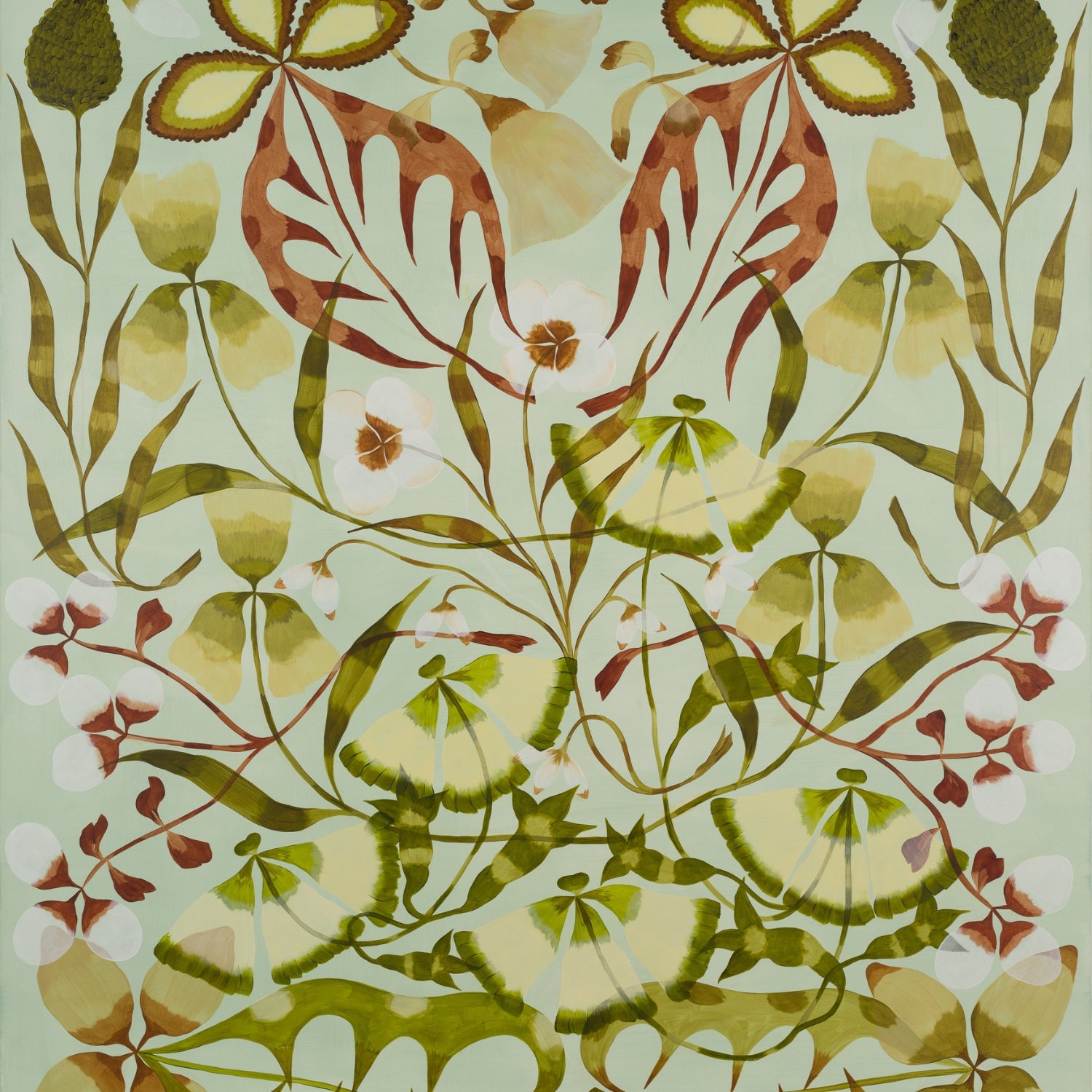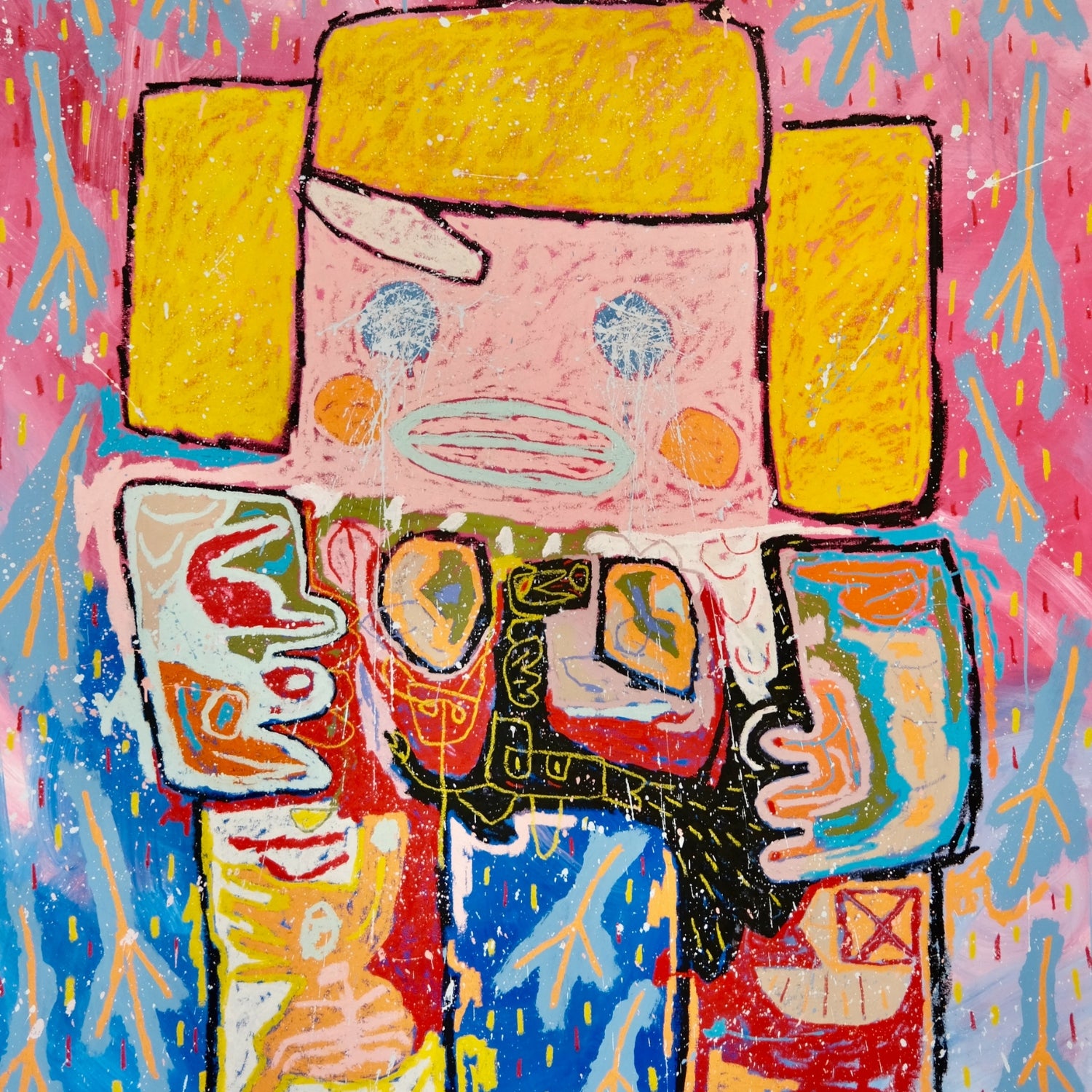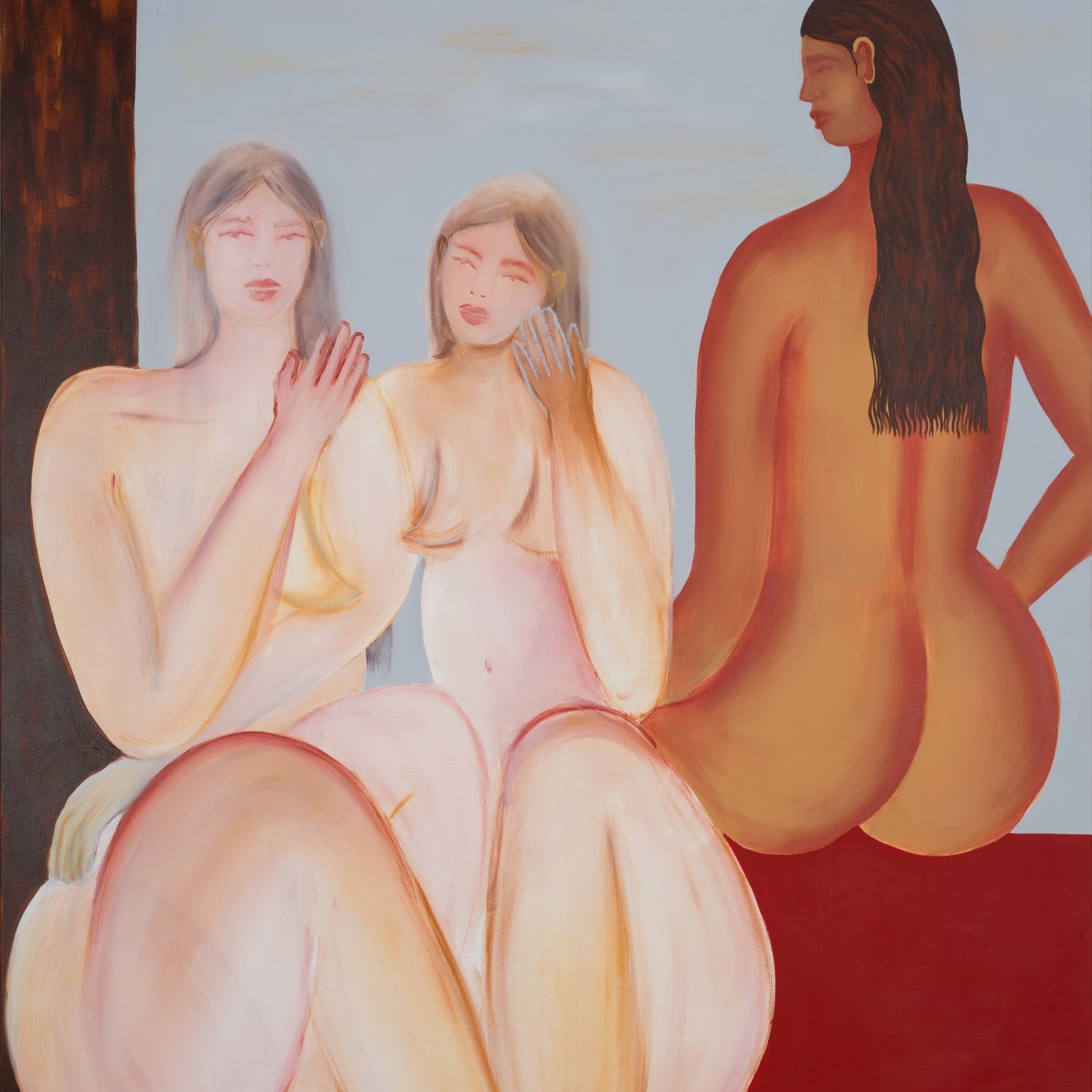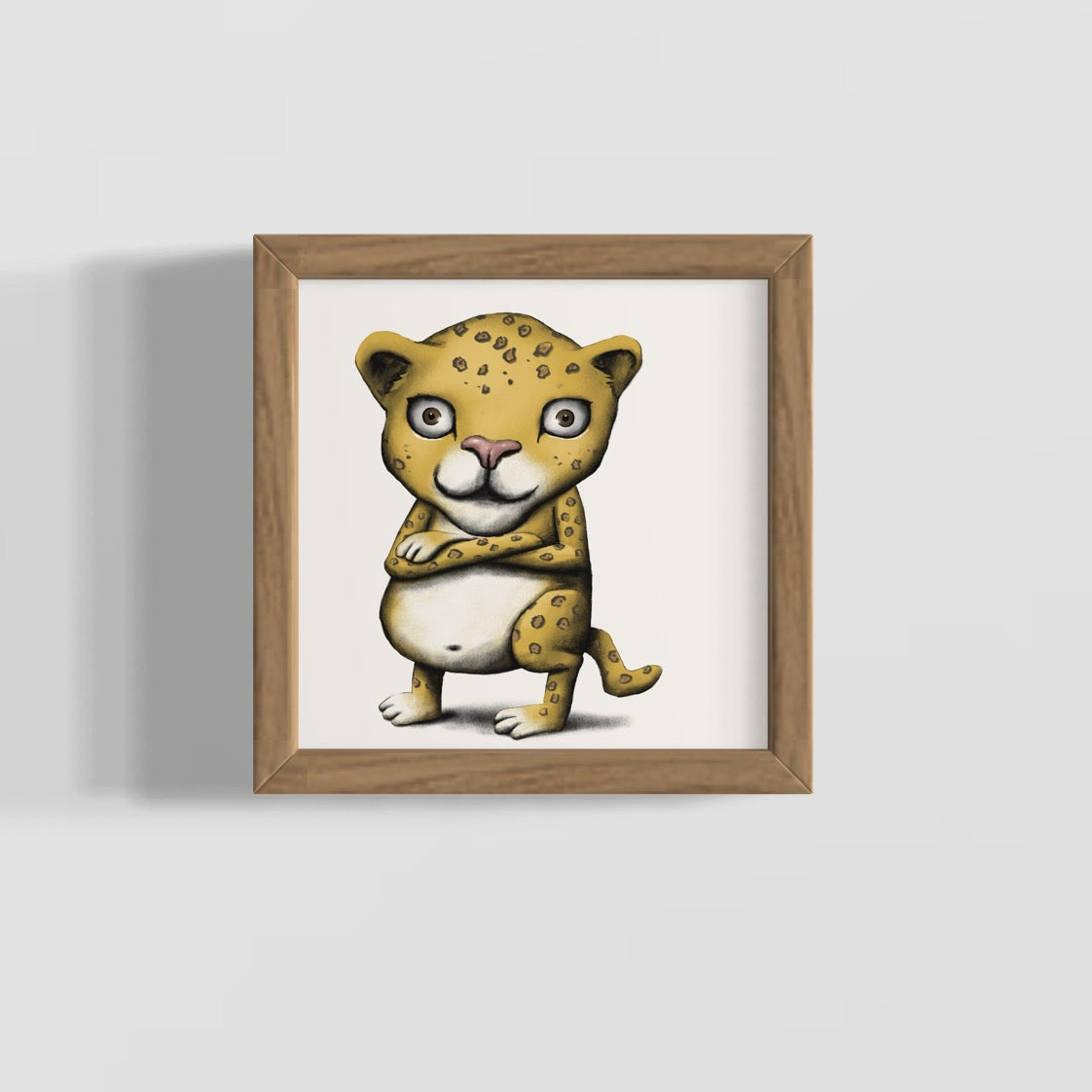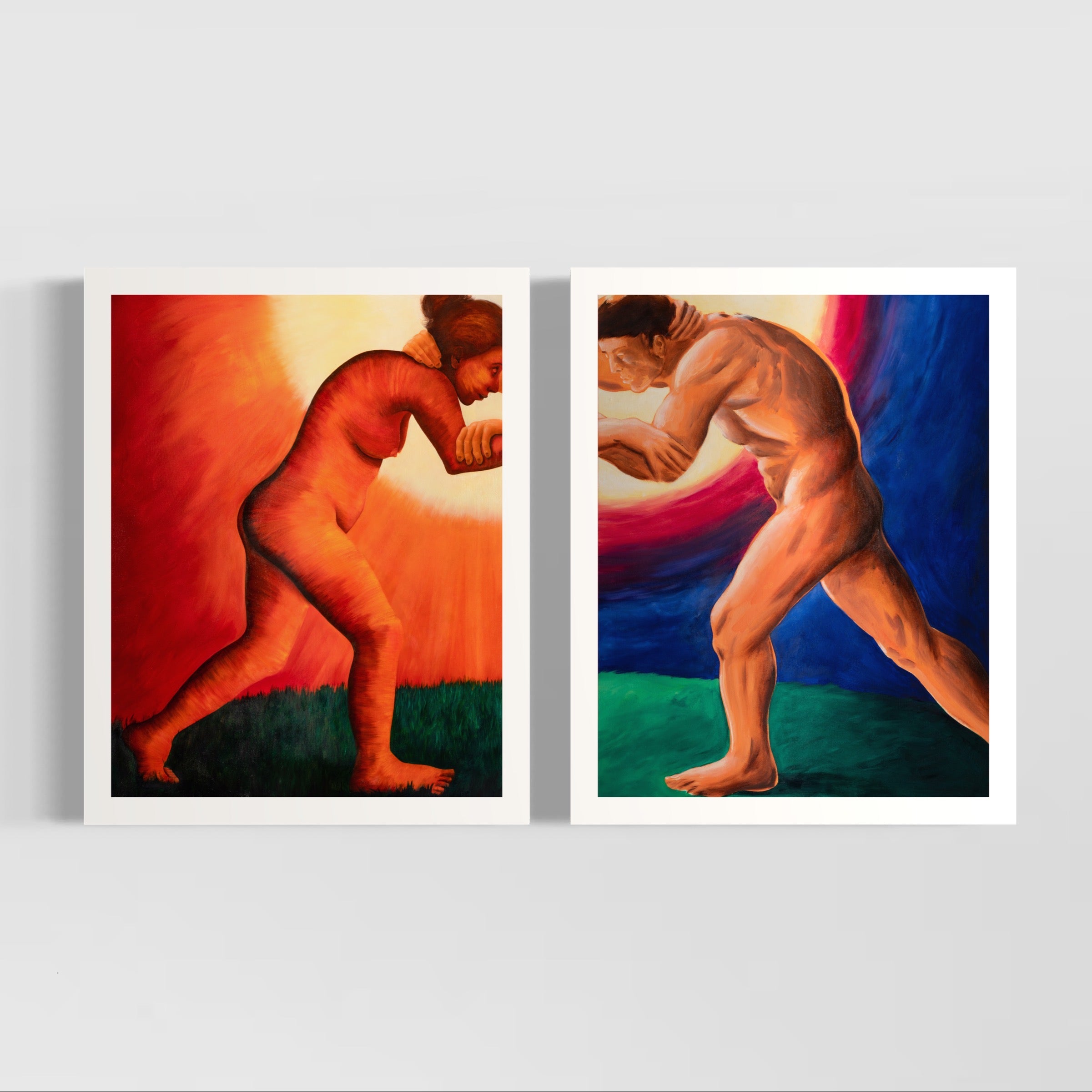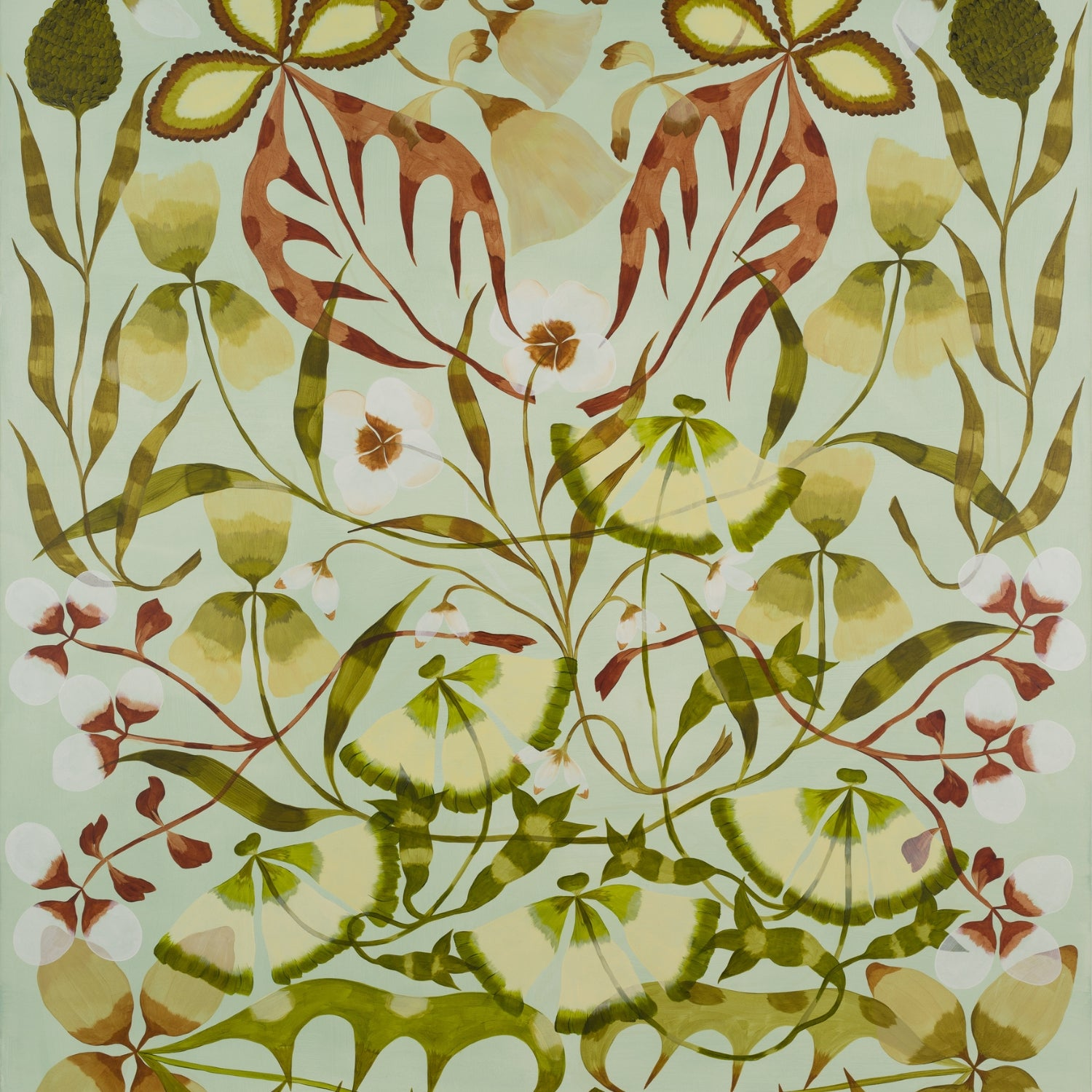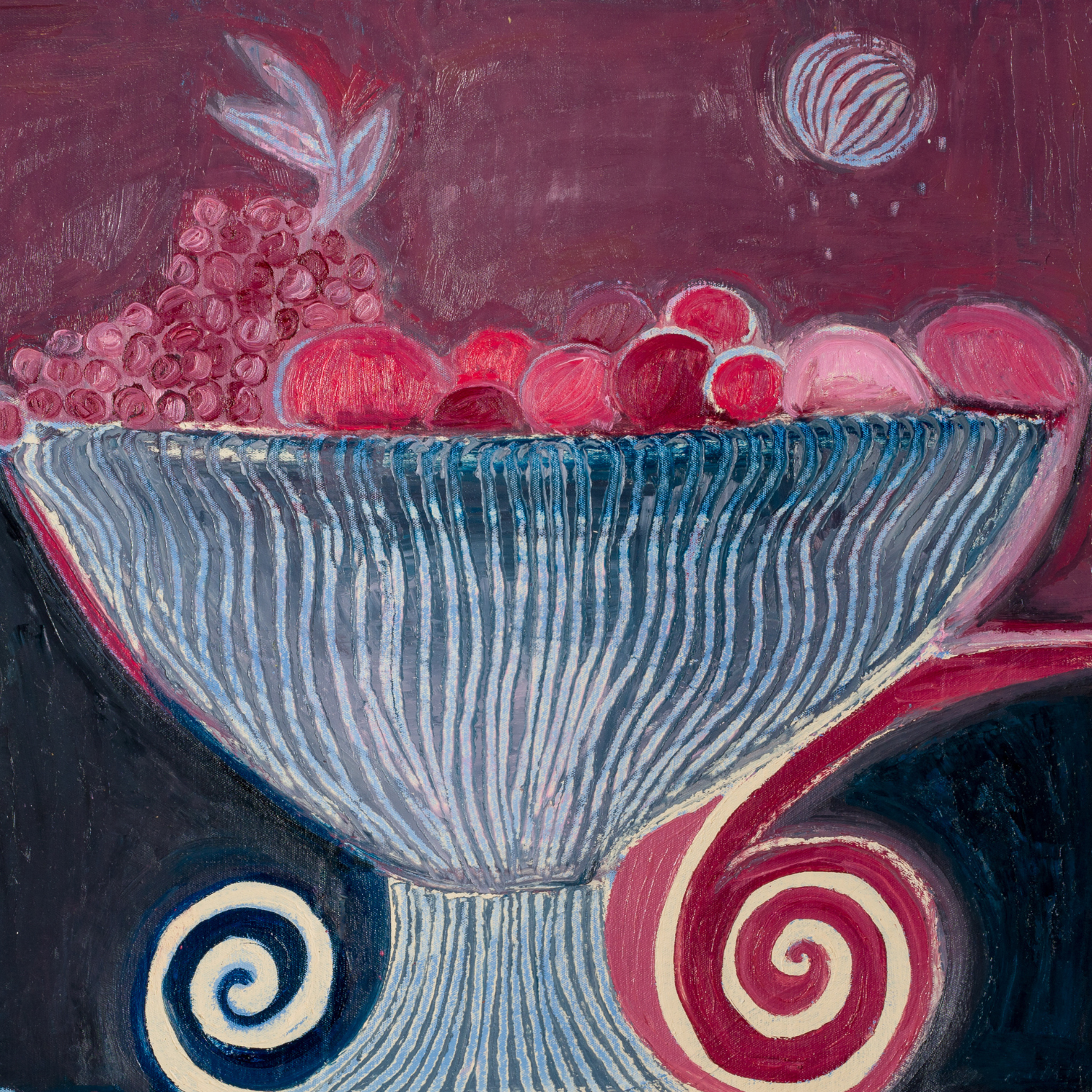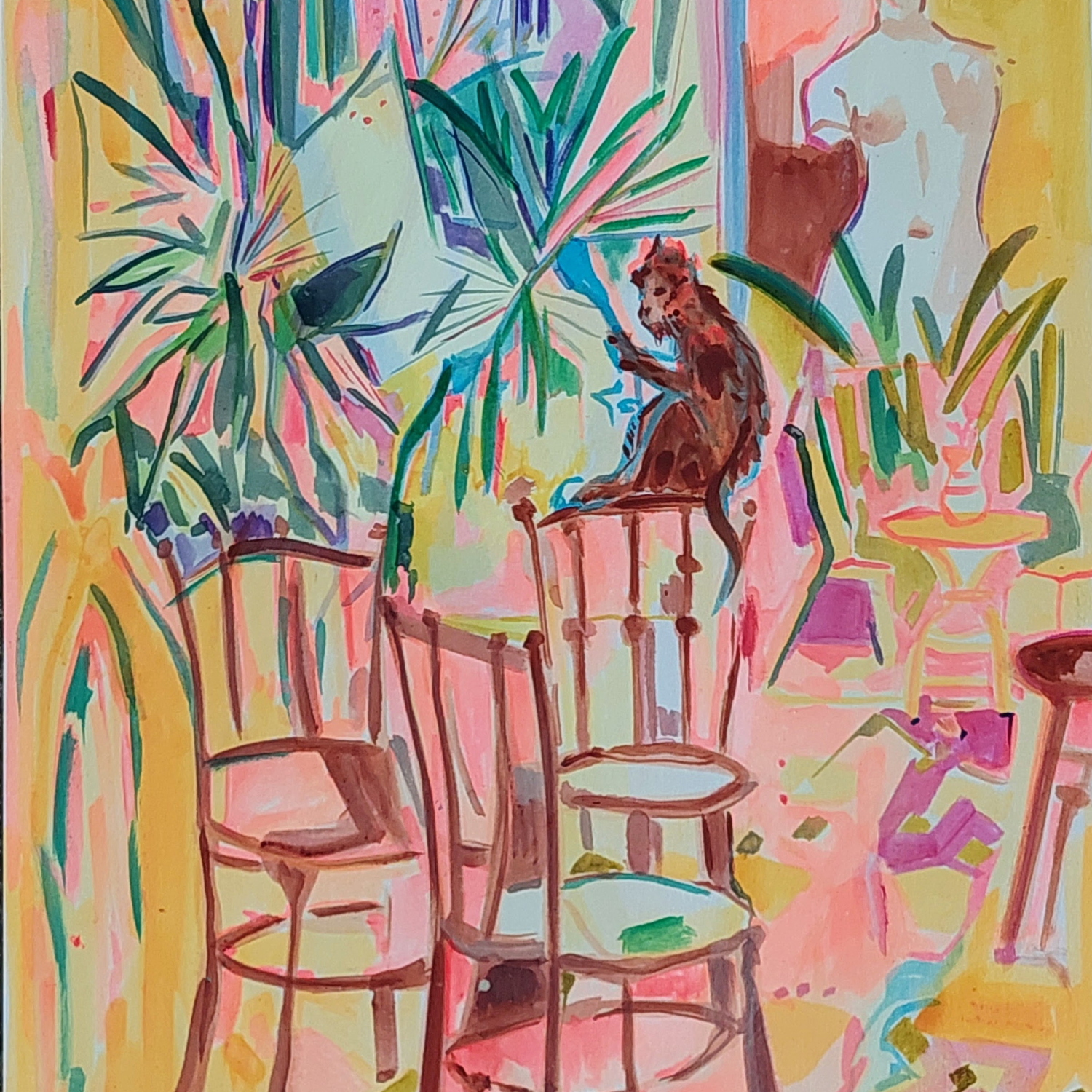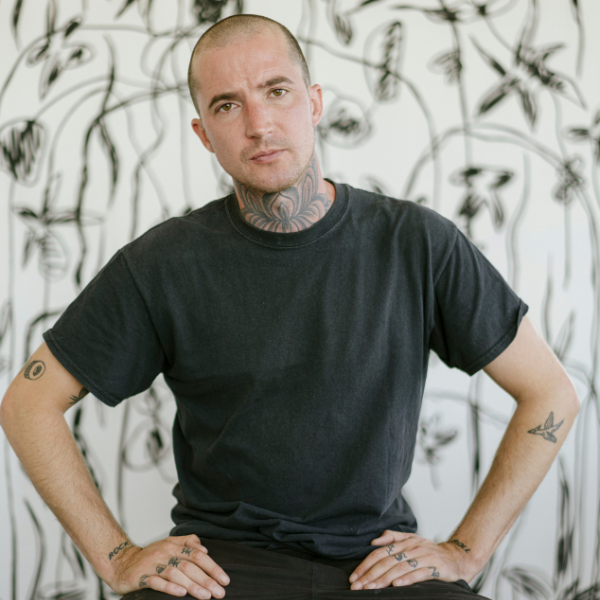
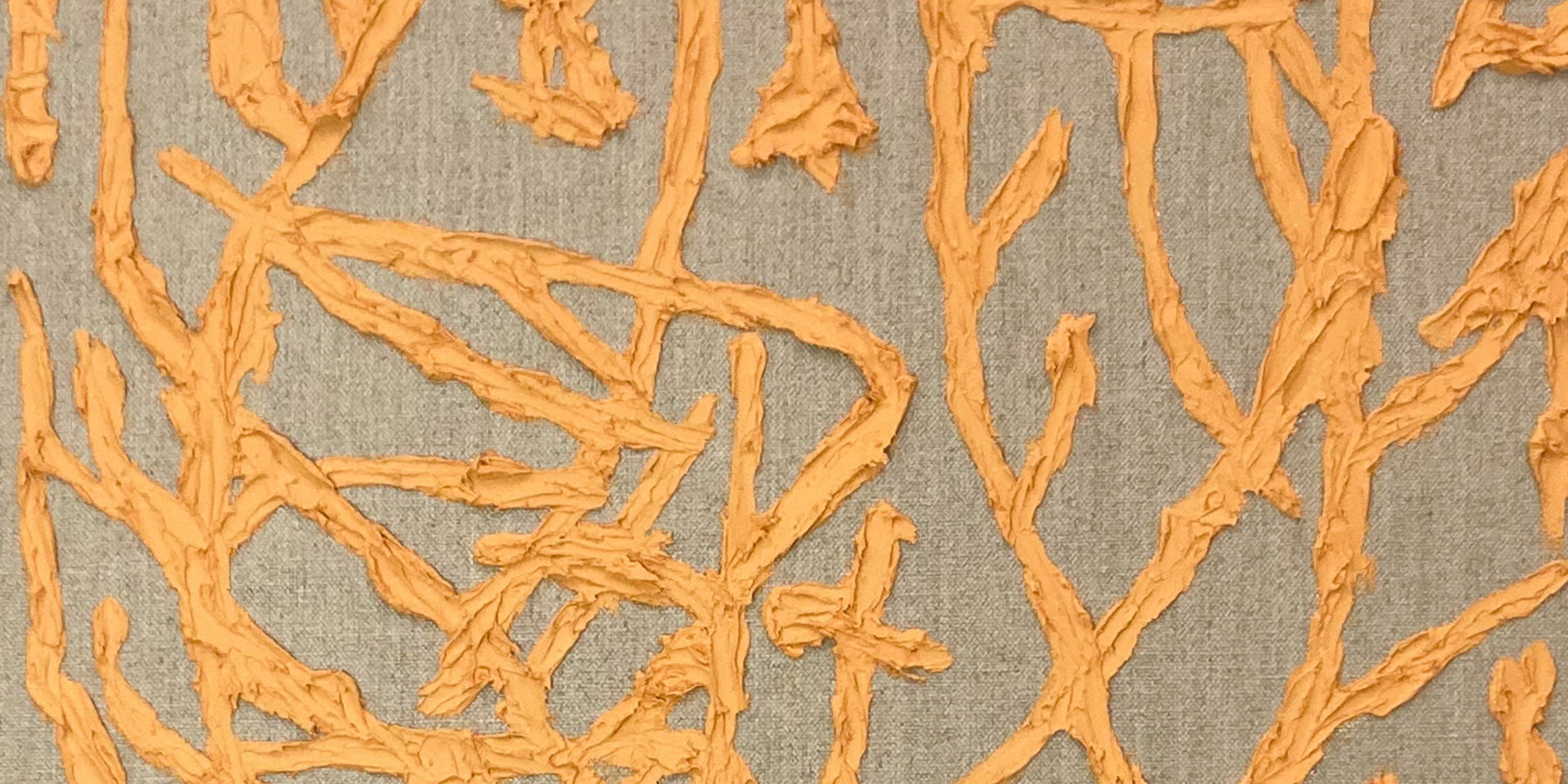
DISCOVER THOMAS LANGLEY’S UNIQUE ARTWORKS
THOMAS LANGLEY
Embarking on a journey that navigates the confluence of painting and drawing, Langley weaves together an exploration of abstraction, the discourse between materials, and the narratives rooted in personal history. With a keen interest in the painterly transcriptions of craftsmanship and the visual dialects emerging from both the natural world and human constructs, Langley's current work is a testament to a deep engagement with the aesthetic and conceptual possibilities of art.
Thomas Langley doesn't just create images; he weaves a narrative that bridges the gap between the natural world and our intrinsic need for connection and belonging
This collection is empty
Continue shoppingMore information about the artist
Full catalogue, private viewing or questions about the artist
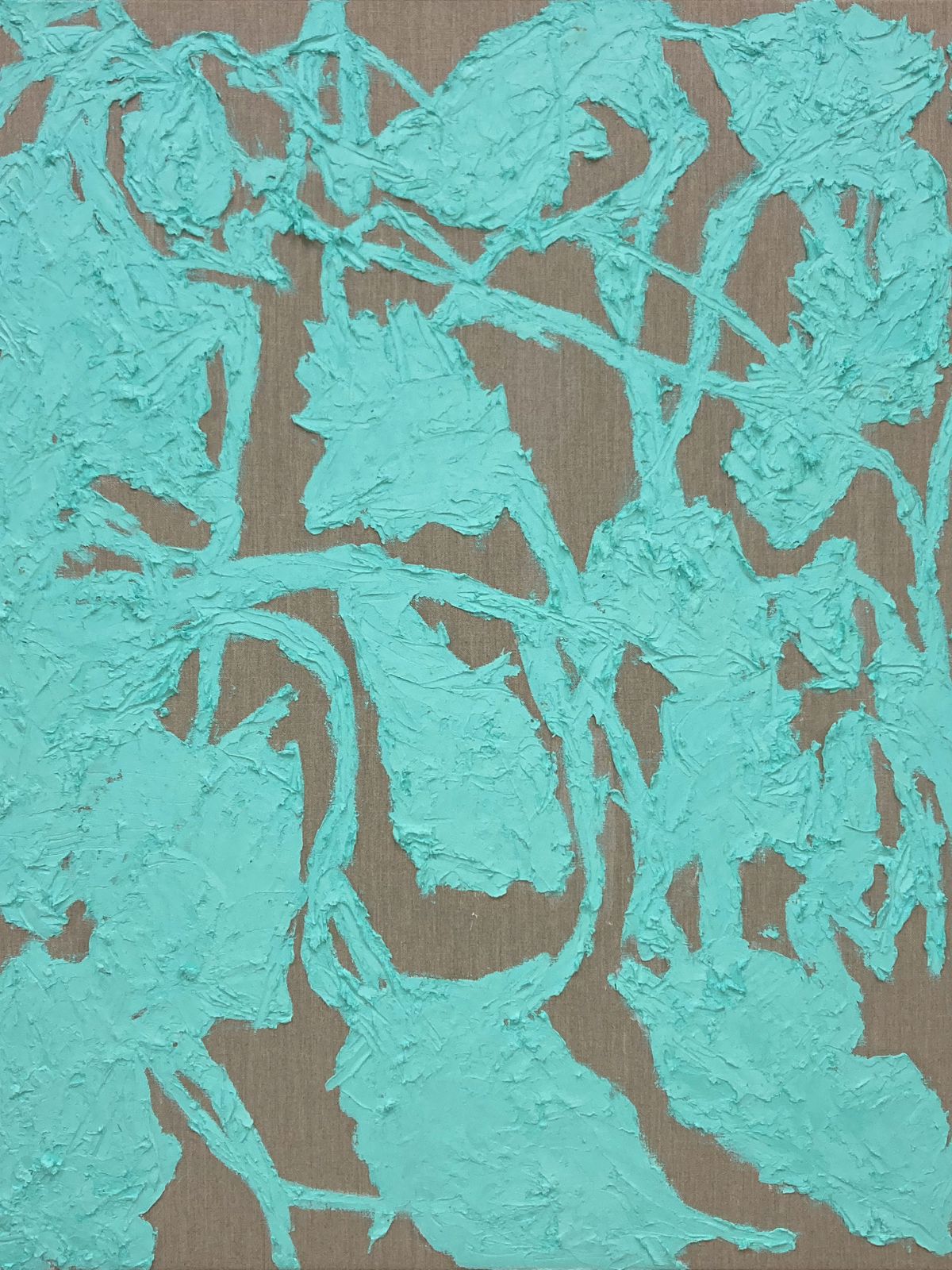
Crafting Connections: The Heritage and Artistry of Thomas Langley
As a descendant of skilled basket makers, Thomas Langley carries the legacy of ancient and contemporary craft traditions within his creative essence. From a young age, he was enveloped by the raw materials of his trade, with willow—a staple in the basketry of his grandparents—playing a pivotal role not only in his heritage but also in his artistic expression. Instead of following in the direct path of basket making, Langley has innovatively integrated willow into his art in its transformed state as charcoal. This choice reflects a profound connection to his roots while showcasing a distinctive path in image-making, where the materiality of his medium intertwines with the visual narratives he crafts.
Langley's approach to art is deeply entrenched in the mechanics of image creation, where rhythm and composition breathe life into his works. His art is a harmonious blend of gestural and observational mark-making, drawing inspiration from botanical studies and translating them into monochromatic landscapes of charcoal and paint. This methodical pairing of raw material and motif forges a dialogue between abstraction and representation, a testament to Langley's meticulous exploration of visual language.
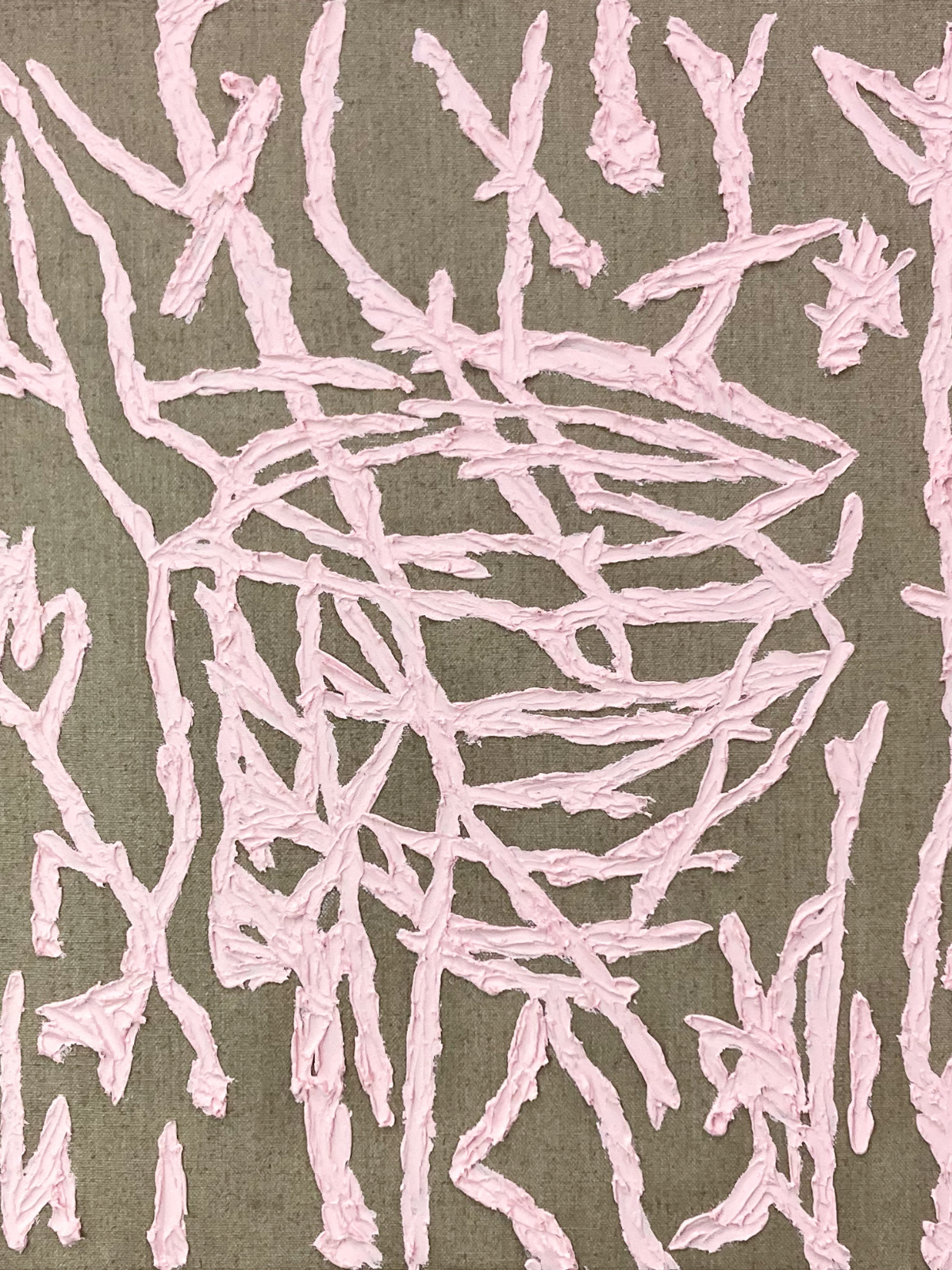
A New Chapter: Monochrome and Movement
In Langley's latest series, the focus shifts towards the essence of monochrome and the drawn line's freedom across the canvas. This body of work, while maintaining an allegiance to botanical and floral inspirations, delves deeper into the realm of artistic process and its spatial dynamics. The physicality of Langley's technique—charcoal gliding over canvas in a dance of drawing, scratching, and smudging—evokes urban landscapes and compositions, yet remains firmly rooted in the natural world.
Critique José Pardal Pina highlights the intrinsic dialogue in Langley's work between the tangible and the abstract, emphasizing the deliberate interplay between line and space, presence and absence. This ongoing exploration marks a significant phase in Langley's career, where the act of creation itself becomes the focal point, challenging traditional figurative boundaries to embrace the planar expanse of his canvases.
Langley, born in London in 1986 and a graduate of the Royal Academy Schools in 2018, continues to oscillate between London and Lisbon, creating art that traverses the intersections of painting and drawing. His current endeavors in monochromatic, botanical abstraction not only pay homage to his familial legacy but also embark on a broader examination of the physical and emotional landscapes we navigate. Through his work, Langley invites us to contemplate the essence of place, home, and the human condition, transforming transient shelters into symbols of permanence and protection, and in doing so, captures the universal quest for belonging and comfort.
Crafting Connections: The Heritage and Artistry of Thomas Langley
As a descendant of skilled basket makers, Thomas Langley carries the legacy of ancient and contemporary craft traditions within his creative essence. From a young age, he was enveloped by the raw materials of his trade, with willow—a staple in the basketry of his grandparents—playing a pivotal role not only in his heritage but also in his artistic expression. Instead of following in the direct path of basket making, Langley has innovatively integrated willow into his art in its transformed state as charcoal. This choice reflects a profound connection to his roots while showcasing a distinctive path in image-making, where the materiality of his medium intertwines with the visual narratives he crafts.
Langley's approach to art is deeply entrenched in the mechanics of image creation, where rhythm and composition breathe life into his works. His art is a harmonious blend of gestural and observational mark-making, drawing inspiration from botanical studies and translating them into monochromatic landscapes of charcoal and paint. This methodical pairing of raw material and motif forges a dialogue between abstraction and representation, a testament to Langley's meticulous exploration of visual language.
A New Chapter: Monochrome and Movement
In Langley's latest series, the focus shifts towards the essence of monochrome and the drawn line's freedom across the canvas. This body of work, while maintaining an allegiance to botanical and floral inspirations, delves deeper into the realm of artistic process and its spatial dynamics. The physicality of Langley's technique—charcoal gliding over canvas in a dance of drawing, scratching, and smudging—evokes urban landscapes and compositions, yet remains firmly rooted in the natural world.
Critique José Pardal Pina highlights the intrinsic dialogue in Langley's work between the tangible and the abstract, emphasizing the deliberate interplay between line and space, presence and absence. This ongoing exploration marks a significant phase in Langley's career, where the act of creation itself becomes the focal point, challenging traditional figurative boundaries to embrace the planar expanse of his canvases.
Langley, born in London in 1986 and a graduate of the Royal Academy Schools in 2018, continues to oscillate between London and Lisbon, creating art that traverses the intersections of painting and drawing. His current endeavors in monochromatic, botanical abstraction not only pay homage to his familial legacy but also embark on a broader examination of the physical and emotional landscapes we navigate. Through his work, Langley invites us to contemplate the essence of place, home, and the human condition, transforming transient shelters into symbols of permanence and protection, and in doing so, captures the universal quest for belonging and comfort.


Discover more art
Credentials
Solo Exhibitions:
- 2023: Ash and bone, Changing room gallery x The House of St Barnabas, Greek Street, Soho, London
- 2022: Bodgers hovel, FOLD Gallery, Mayfair, London
- 2021: Ghia Coupe, Casa da Cerca (institutional solo presentation), Almada, Portugal
- 2020: Courage, MONO, Lisbon, Portugal
- 2019: Mummy’s boy, collaborative representation between Cob gallery, Frestonian Gallery, Marian Cramer Projects, Charlie Smith London and Union Gallery, Camden, London
- 2018-2019: Mega Alright Part II, Union Gallery, Bethnal Green, London
- 2018: Just like anything, Marian Cramer, Amsterdam
- 2018: Solo booth at Art on Paper, Marian Cramer, Amsterdam
- 2018: Big Windows, The Arcade Project, Bayswater, London
- 2018: Plastic Factory (no place for me), 12 Piccadilly arcade, St James, London
- 2018: (Pipe) Dreamer, Royal Academy of Arts (schools graduation show), London
- 2017: Future Absurdities, Unit 1 Gallery Workshop, London
- 2016: Art Type Stuff, Stour Space, Hackney, London
Selected Group Exhibitions:
- 2022: OSSOS (duo show with Tim Ralston), irmafeia, Lisbon
- 2022: Now, I wonder, Lx Lapa, Lisbon
- 2021: Cruise control, MONO, Lisbon
- 2020: Five Hides, Thorp Stavri, London
- 2020: Summer (Winter) Exhibition, (by invitation) Royal Academy of Art, London
- 2020: When shit hits the fan, Guts Gallery, online
- 2019: Too Many I In Digital, Marian Cramer, Amsterdam
- 2019: Full English, Southwark Projects, London
- 2019: Get More Stuff, The Function Suite, London
- 2019: Absinthe, Spit and Sawdust, London
- 2019: Out of Office, Pada, Lisbon
- 2019: Young Gods, Charlie Smith Gallery, London
- 2019: Telescope, curated by Nigel Cooke, Jerwood Gallery, Hastings
- 2019: Union Gallery London Art Fair, London
- 2018: The Big Art Show, Amsterdam Art Weekend, Marian Cramer, Amsterdam
- 2018: Paper Cuts, Saatchi Gallery, London
- 2018: Zone d’Utopie Temporaire part IV, Wozen, Lisbon
- 2018: Material, Cob gallery, London
- 2017: YOU SEE ME LIKE A UFO, Marcel Joseph projects, The Grange, Royal Ascot
- 2017: A series of pocket Utopias, Yellow Brick and Snehta, Athens
- 2017: It is what it isn’t, Big Shed, Aldeburgh
- 2017: Cut, Unit 1 Gallery Workshop, London
- 2017: Premiums: Interim Projects, Royal Academy, London
- 2016: Zone d’Utopie Temporaire Part II, The Koppel Project Hive, London
- 2014: Charley Thomas, CRATE, Margate
- 2012: Mega Alright, The Horse Bridge Centre, Whitstable


